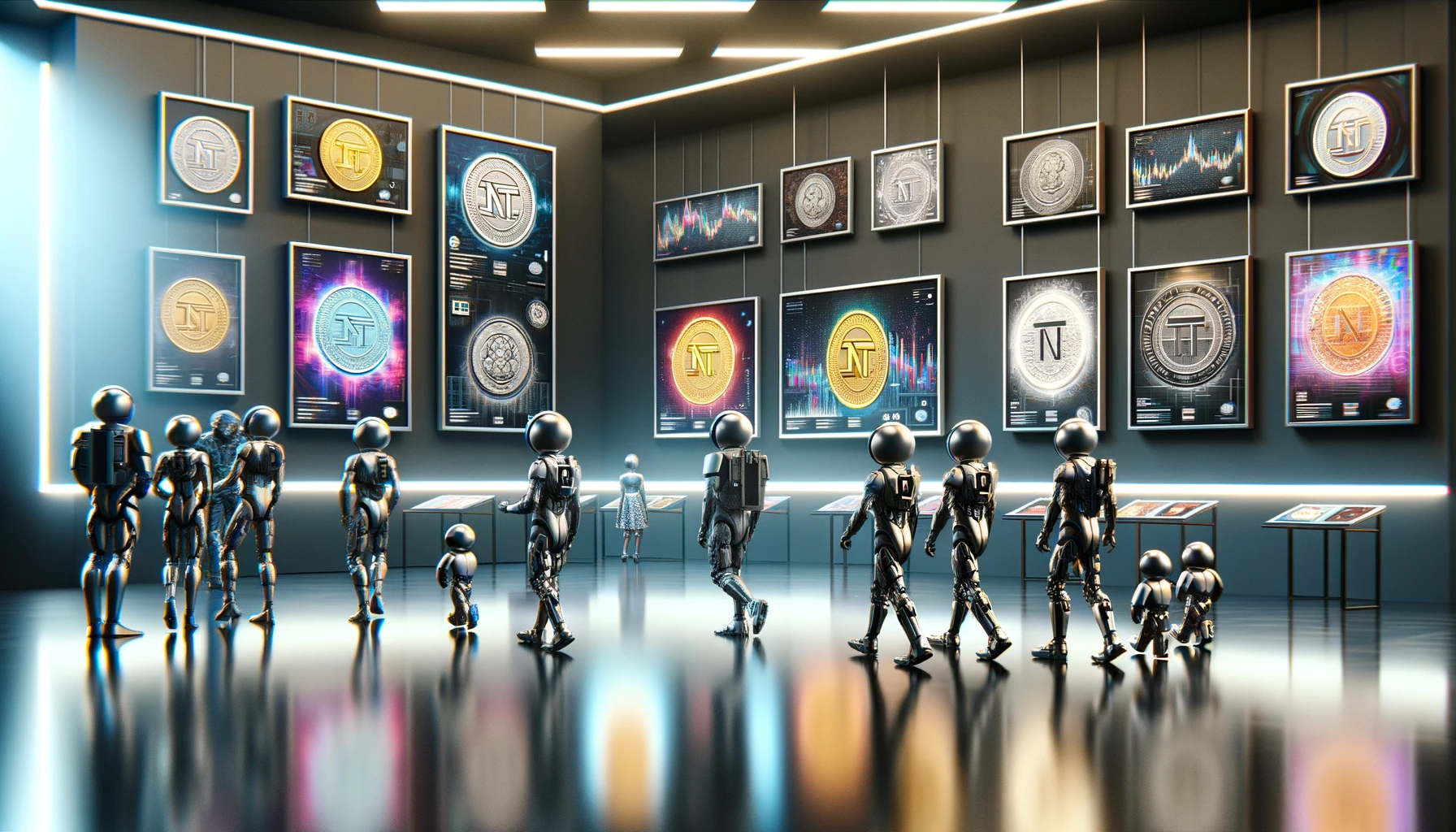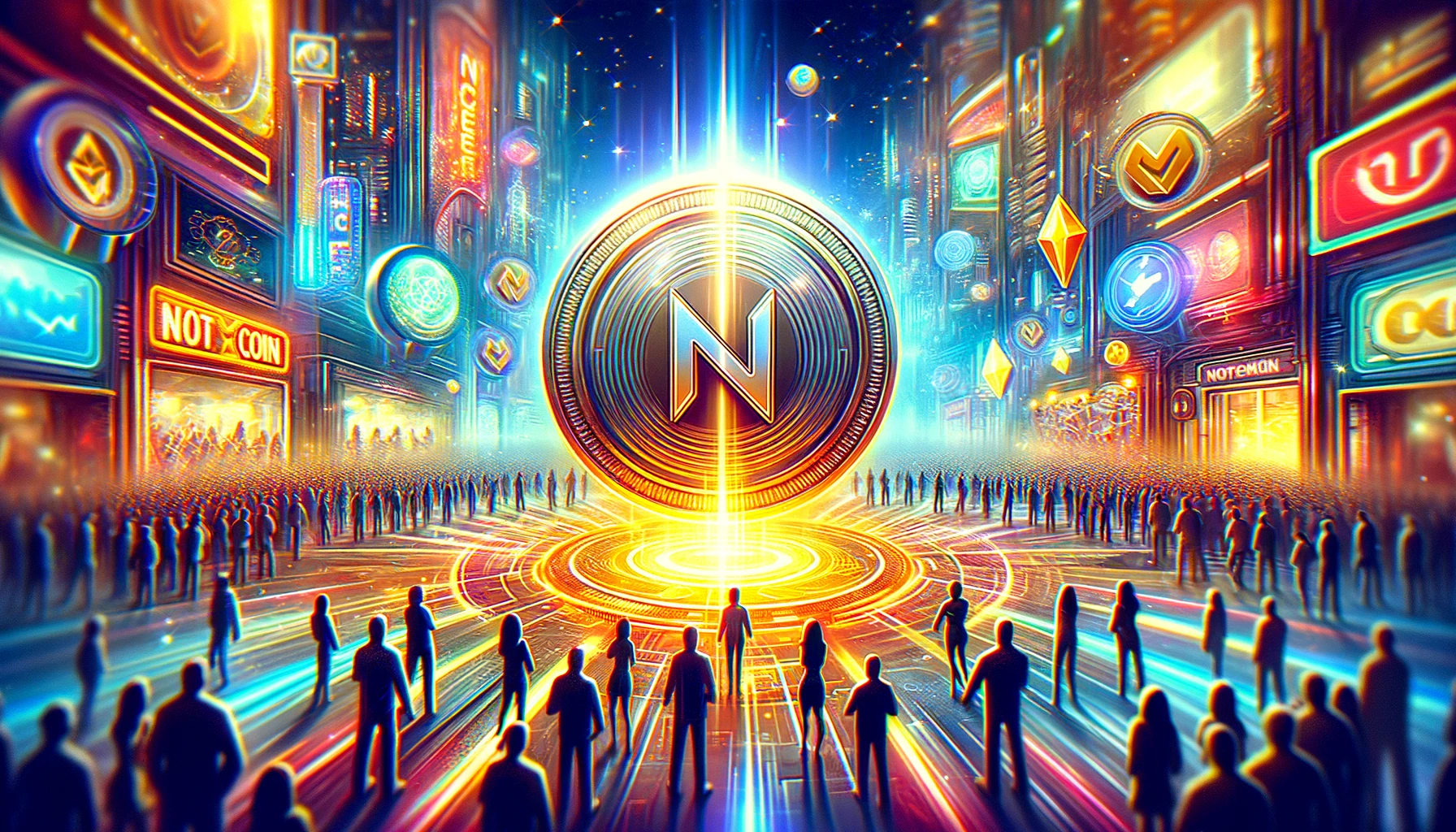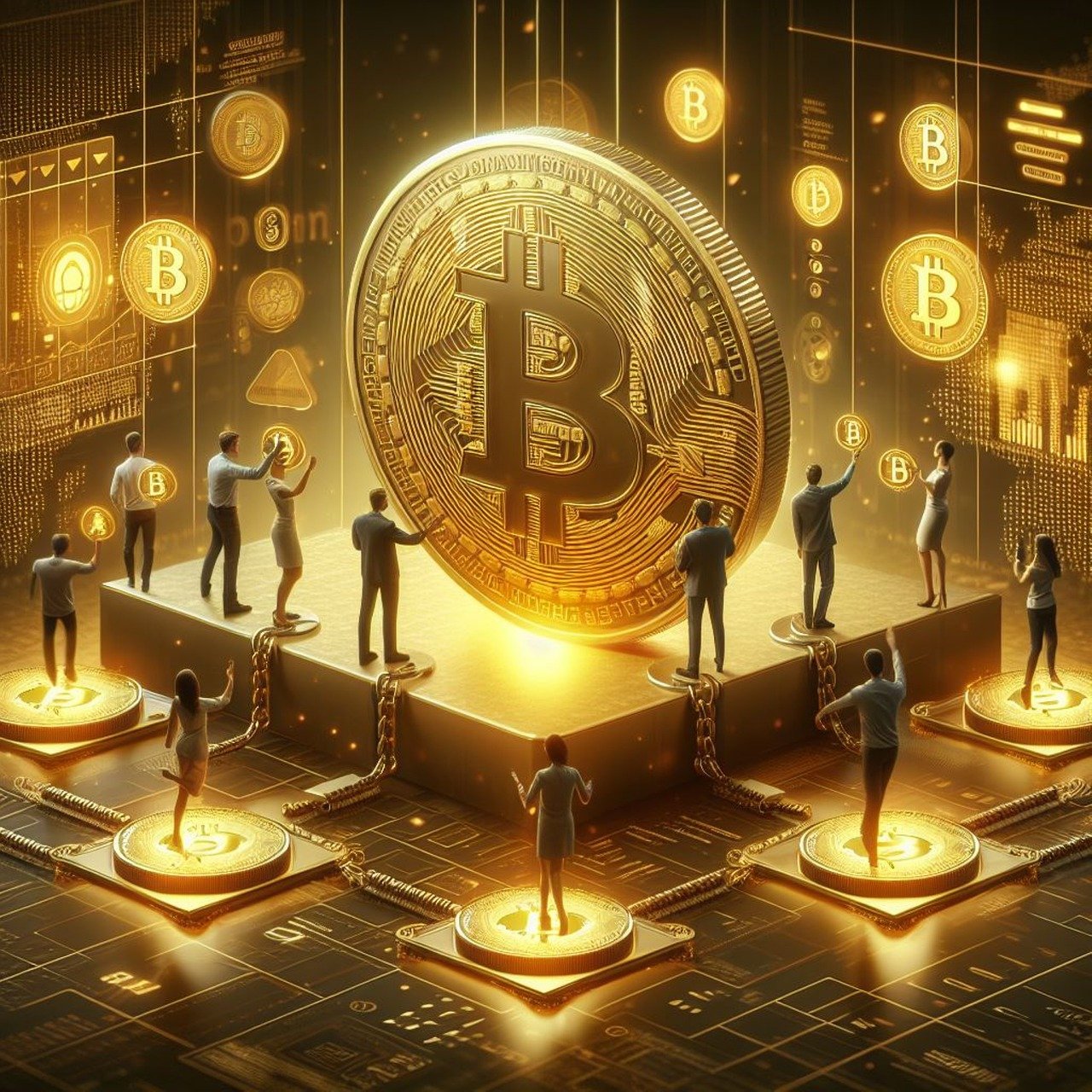What Are Non-Fungible Tokens?
NFTs are unique digital tokens representing ownership of something, like digital art or collectibles. Unlike cryptocurrencies, NFTs are not fungible and have distinct identities. NFTs have extended beyond digital art and collectibles to include photography, sports, trading cards, utility tokens, virtual worlds, music, domain names, and more, offering significant opportunities for creators and investors.
Summary:
- NFTs, or Non-Fungible Tokens, are units of data stored on a digital ledger called a blockchain.
- Every NFT carries a specific ID generated by encrypted metadata.
- Unlike fungible cryptocurrencies, these tokens cannot be replicated.
- They can be exchanged for money, other cryptocurrencies, or other NFTs based on market validation.
Traditional fiat and cryptocurrencies are fungible. Each unit is interchangeable with another identical unit: a dollar bill is fungible; any dollar is as good as any other. Non-fungible tokens, however, cannot be used interchangeably. No two tokens, no matter how similar, are the same.
How NFTs Came to Be
NFTs are not something new. They have existed since at least 2014 when a group tokenized the word “Quantum.” The group then went to Ethereum, moved the token, and managed to sell it for a fortune. Shortly after that, the new owner of the token repeated the process. NFTs gained more recognition with the adoption of the ERC-721 and ERC-1155 standards, which set the requirements for the acquisition and transfer of NFTs. One of the most important sales was Beeple’s NFT art, which was sold for $69 million.
When NFTs are minted, the information of the assets is encrypted and recorded on a blockchain. Each NFT token is then given an identification number associated with a blockchain address to differentiate it and enable ownership and transfer. Several tokens can represent the same item but would all be different by this unique identification. Multiple blockchains can mint NFTs, each with a particular name and category, for example, Bitcoin’s Ordinals.
Applications and Use Cases
Other marketplaces, such as OpenSea, provide a platform for the purchase, sale, and exchange of NFTs from multiple categories. Among them are photography, sports, real estate, music, among other examples. NFTs offer countless use cases, from tokenizing photography for total or partial ownership to tokenizing art and music. One could own digital collectibles, buy a home or car, collect fine art, fractionally invest in real estate or yachts, or even take out insurance or borrow money. All you would need is for a trader to check your ownership and transfer or share such ownership with you.
Ascertain the helpful features of NFTs: it facilitates the exchange processes, increases the market efficiency, enhances security, and eliminates intermediaries. A buyer directly links to a seller, and the transfer of ownership can be automated via smart contracts.
Buying NFTs
You can buy Non-Fungible Tokens through online markets such as Rarible, SuperRare, and OpenSea. For this, you need a digital wallet and some cryptocurrency. Also, make sure the wallet you are using is supporting the cryptocurrency that the marketplace is demanding. The most popular accepted cryptocurrencies are USDC, ETH, WETH, and AVAX.
Take-Outs
Thus Non-Fungible Tokens are riding the change in making traditional financial systems realize evolution. With the inclusion of blockchain technology, it has brought with it the virtues of transparency, a tamper-proof nature, and automation of smart contracts to lay down the foundation for the new era of modern finance.








